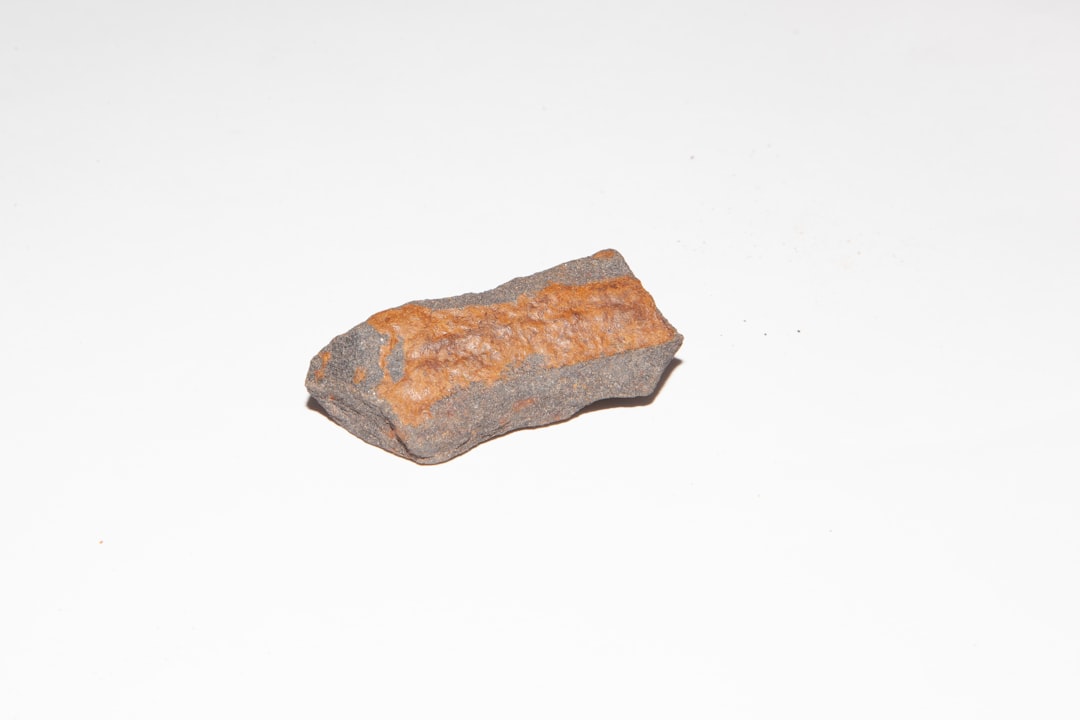What is it about?
Biomimetic, stimuli-responsive polymer nanocomposites based on a hydrophobic styrene–butadiene rubber (SBR) matrix and rigid, rod-like cellulose nanocrystals (CNCs) isolated from cotton were prepared by three different approaches, and their properties were studied and related to the composition, processing history, and exposure to water as a stimulus.
Featured Image

Photo by Lim Lin on Unsplash
Why is it important?
Water-Responsive Mechanically Adaptive Nanocomposites Based on Styrene–Butadiene Rubber and Cellulose Nanocrystals
Perspectives
The thermomechanical properties of the materials were established by dynamic mechanical thermal analysis (DMTA). In the dry state, all nanocomposites show much higher tensile storage moduli, E′, than the neat SBR or the SBR latex. E′ increases with the CNC content and depends strongly on the processing method, which appears to influence the morphology of the SBR nanocomposites produced. The highest E′ values were observed for the solution cast samples involving an SBR latex, where E′ increased from 3 MPa for the neat SBR to ca. 740 MPa for the nanocomposite containing 20% v/v CNCs. Upon submersion in deionized water, a dramatic reduction of E′ was observed, for example from 740 to 5 MPa for the solution-cast nanocomposite containing 20% v/v CNCs. This change is interpreted as a disengagement of the percolating CNC network, on account of modest aqueous swelling and competitive hydrogen bonding of water molecules with the CNCs. It is shown that the method of preparation also influenced the swelling behavior and kinetics of modulus switching, consistent with different arrangements of the CNCs, which serve as channels for water absorption and transport within the hydrophobic SBR matrix.
Dr Pratheep K Annamalai
University of Queensland
Read the Original
This page is a summary of: Water-Responsive Mechanically Adaptive Nanocomposites Based on Styrene–Butadiene Rubber and Cellulose Nanocrystals—Processing Matters, ACS Applied Materials & Interfaces, January 2014, American Chemical Society (ACS),
DOI: 10.1021/am404382x.
You can read the full text:
Contributors
The following have contributed to this page










